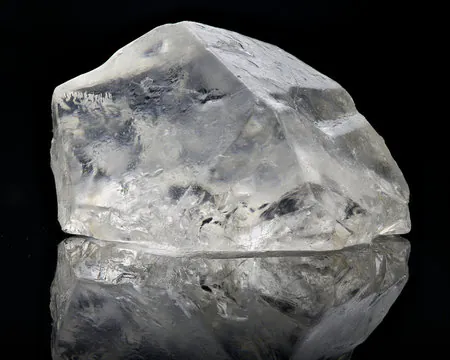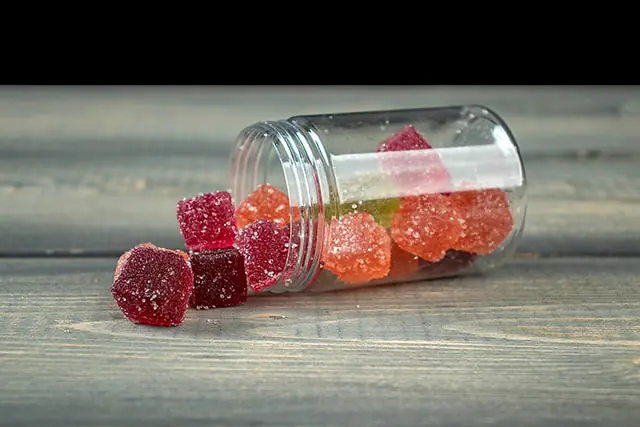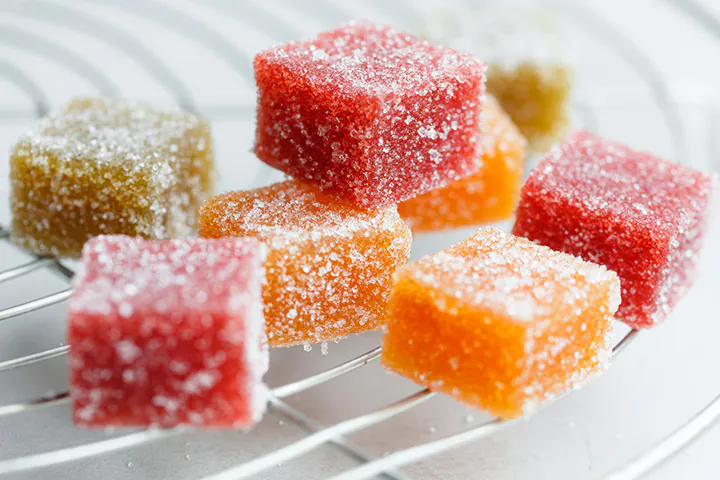Understanding how to manufacture HHCO distillate requires a prior understanding of distillate and its applications. HHCO distillate is a fluid liquid form of HHCO that is becoming increasingly common. It’s the main ingredient in various popular products, including edibles, tinctures, capsules, and vape cartridges.
The production of HHCO distillate demands refinement, which cleanses the item into specific components, allowing it to achieve significant potency. Chemists distill HHCO using heat and chemistry in a multi-step process. The procedure necessitates a laboratory setting with specialized scientific equipment and resources.
Because the quickly expanding HHCO distillate industry has raised consumer demands for purity, potency, and effects. A trained crew, high-quality tools, and hygienic working conditions are essential. Continue reading to find out how HHCO distillate is made.
What is HHCO?
HHCO is a relatively new substance produced from hemp and manufactured in a modern technique. HHCO is an acetylated form of HHC that binds to CB1 receptors in your brain and body. According to reports, HHCO is more potent than HHC, Delta-8, and Delta-10.
HHCO Acetate is a relatively recent legal classification 1.5 times more potent than HHC. Hydrogenation has the benefit of providing structural stability. HHC-O, extracted from hemp and synthesized in the United States by State of Mind Labs, is thought to break down in the system similarly to Delta 9 THC, with roughly the same impacts and benefits.
What is HHCO Distillate?
The distillate of HHCO is a viscous, golden liquid formed by refining HHCO. Distillation helps the processor to separate a desired component from the cannabis plant while leaving unwanted plant material behind. HHCO distillate is most typically found in vape cartridges. But it can also be found in edibles, topicals, and other items. Because chemists extract HHCO from other chemicals, HHCO distillate is also powerful.
How Is HHCO Distillate Made?
Making HHCO distillate is one of the more involved procedures in producing concentrates. Here’s a quick rundown of some of the steps required in the overall procedure.
Step 1: Initial Extraction
The first step in the extraction procedure is to separate the important cannabinoid-rich trichomes from the cannabis plant. Trichomes are sticky glands consisting of resin that grow on the flowers of a cannabis plant. The trichomes have the highest quantities of flavonoids, terpenes, and cannabinoids.
To remove the trichome from the plant, the plant matter is first extracted using one of several processes, including supercritical CO2 extraction, light hydrocarbon extraction, and ethanol-based extraction.
Step 2: Filtration Through Winterization
After removing trichomes using a solvent or supercritical extraction, the ultimate result is a useful but not exceptionally pure crude oil. Certain contaminants, including plant lipids and chlorophyll, as well as a variety of cannabinoids and terpenes contained in the trichomes, remain in this concentration.
During the winterization process, ethanol is combined with crude oil and held below freezing for up to 48 hours. Some of the undesirable ingredients, such as plant lipids and waxes, coagulate or harden as a result. These undesirable chemicals can then be easily filtered out of the chilled mixture.
Step 3: Decarboxylation
Decarboxylation is the procedure of altering cannabinoids using heat and time in order to improve their interaction with the body’s receptors. Decarboxylation converts acidic cannabinoids into the cannabinoids themselves, removing the acidic molecules.
For example, THCA (tetrahydrocannabinolic acid) must be transformed into THC and CBDA (cannabidiolic acid) into CBD. Cannabinoids will not create psychoactive effects if this crucial stage is skipped. At a different temperature, each cannabinoid is decarboxylated. To transform the necessary cannabinoids, the winterized, filtered crude oil is decarboxylated at a suitable temperature.
Step 4: Final Distillation
Final distillation entails employing cannabis distillation equipment to almost fully remove the remaining cannabinoids from the crude oil. The distillation machine employs precision temperature control and vacuum pressure to evaporate the various chemicals. The vapors are subsequently condensed onto an internally situated condensing column.
The temperature difference turns the vapors back into a liquid state. Certain elements and cannabinoids can be extracted because each chemical remaining in the crude oil has a different boiling point. The distiller controls temperature and vacuum pressure. This is why the finished product is so pure and potent.
Step 5: Creating HHCO Distillate
Then, professionals use further operations to get CBD isolate from distilled oil. After obtaining CBD isolate, they undergo additional chemical steps to obtain HHCO cannabinoid. After getting HHCO, experienced chemists take additional processes to produce pure HHCO distillate. Pure HHCO distillate will be golden or amber in hue in liquid form.
HHCO distillate can then be used in various goods like edibles, tinctures, vape cartridges, and so on. These consumer products are made using a distinct technique, such as crystallization, chromatography, or other post-processing stages.
Conclusion
So, this is the supercritical process of creating pure HHCO distillate from the ground up. Making HHCO distillate is a difficult task that skilled chemists should only handle. If you need HHCO distillate in bulk, contact us now to acquire your 100 percent pure HHCO distillate for sale at a great price.




